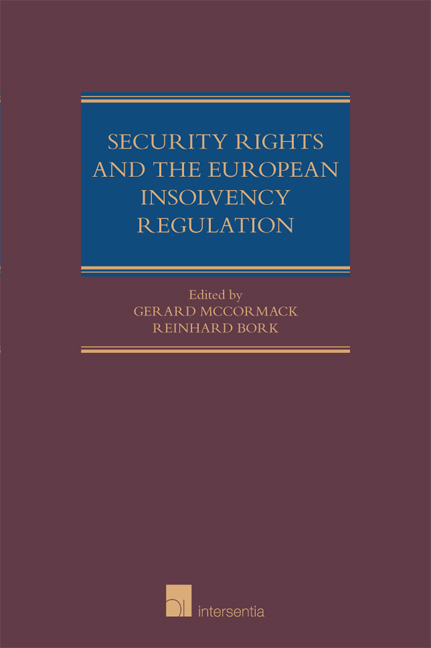Book contents
- Frontmatter
- Disclaimer
- Preface
- Contents
- Questionnaire
- Table of Cases
- Table of Abbreviations
- Part I Comparative Analysis
- Part II National Reports
- Chapter 5 Germanic Legal System – Germany and Austria
- Chapter 6 Common Law System – England and the Republic of Ireland
- Chapter 7 Roman Legal System – Spain, Italy and France
- Chapter 8 Central and Eastern European Systems – Hungary, Poland and Lithuania
- Index
- List of Authors
Chapter 7 - Roman Legal System – Spain, Italy and France
from Part II - National Reports
Published online by Cambridge University Press: 21 September 2018
- Frontmatter
- Disclaimer
- Preface
- Contents
- Questionnaire
- Table of Cases
- Table of Abbreviations
- Part I Comparative Analysis
- Part II National Reports
- Chapter 5 Germanic Legal System – Germany and Austria
- Chapter 6 Common Law System – England and the Republic of Ireland
- Chapter 7 Roman Legal System – Spain, Italy and France
- Chapter 8 Central and Eastern European Systems – Hungary, Poland and Lithuania
- Index
- List of Authors
Summary
INTRODUCTION
The regulations on security rights in rem in France, Italy and Spain converge to a great extent, but also have some divergences. The similarities are due, on the one hand, to the common origin of all three regulations as they all stem from Roman law and its subsequent developments, and on the other hand to the fact that all three systems have transplanted some quasi-security rights as evolved in common-law jurisdictions, while following worldwide accepted principles on insolvency law. Concerning the similarities lying in their historical origin, it would be interesting to research whether the main features of these systems such as the fact that security rights in rem closely follow the property right‘s model, derive from classic Roman law or whether it is an outcome of its medieval and post-medieval evolution. Last but not least, the reader of this report has to take into account that this report was updated on 1 May 2016 and that, in Italy, some reforms of insolvency law and security rights law are in progress. These reforms inter alia include the introduction of a form of non-possessory pledge. However, this regulation is not operational, since the planned register has not yet been established. In the following pages these reforms will not be dealt with, while footnote 14 will provide for further information in this respect.
Creation of security rights
France, Italy and Spain converge in the fact that security rights in rem involve the right to expropriate the encumbered assets with a view to satisfying the secured claim on the proceeds of the sale, and the right to have preferential satisfaction over other unsecured creditors. Each of the above-mentioned systems ensures that the right in rem is effective even against third parties in possession of the secured asset, i.e. it can be claimed against a purchaser for example.
All three jurisdictions distinguish two categories of security rights in rem, namely, mortgage and pledge classified in accordance with the nature of the encumbered assets: mortgage refers to immovable assets – but also to movable ones susceptible to registration – while pledge is created over movable assets, including intangible assets such as claims. Noteworthy is that France and Spain maintain a particular security right in rem, the antichresis.
- Type
- Chapter
- Information
- Security Rights and the European Insolvency Regulation , pp. 415 - 570Publisher: IntersentiaPrint publication year: 2017



